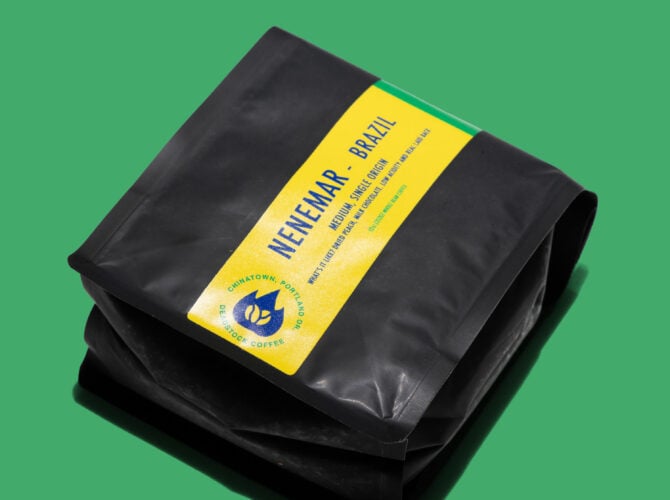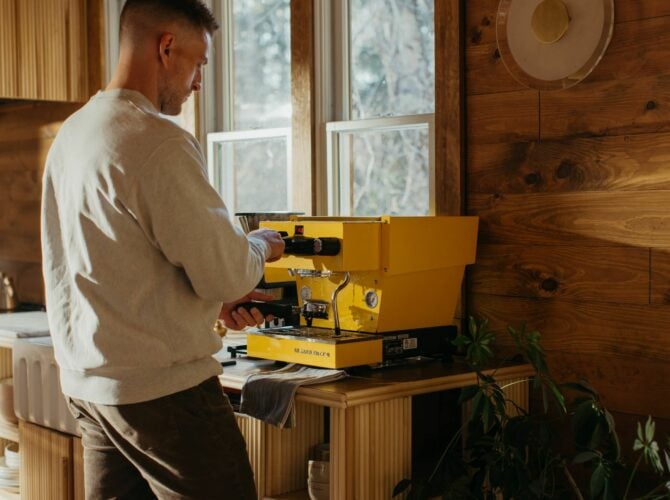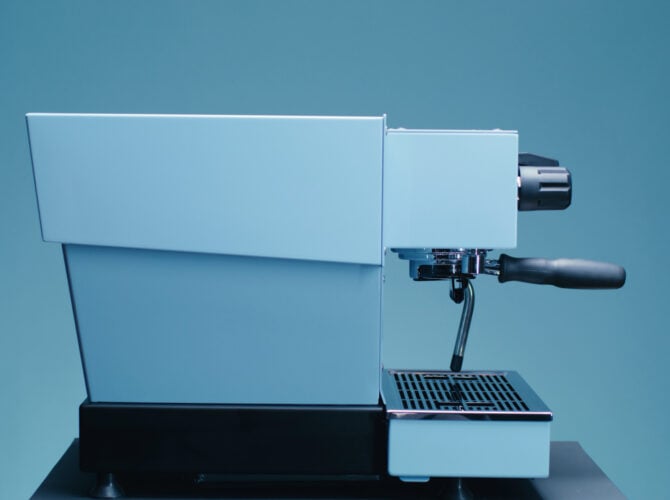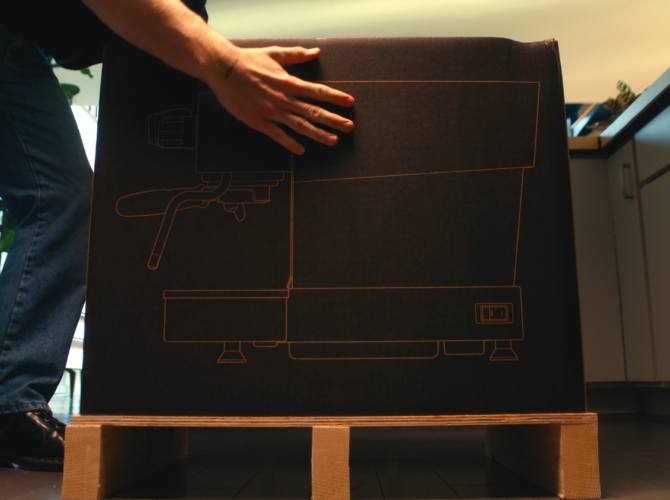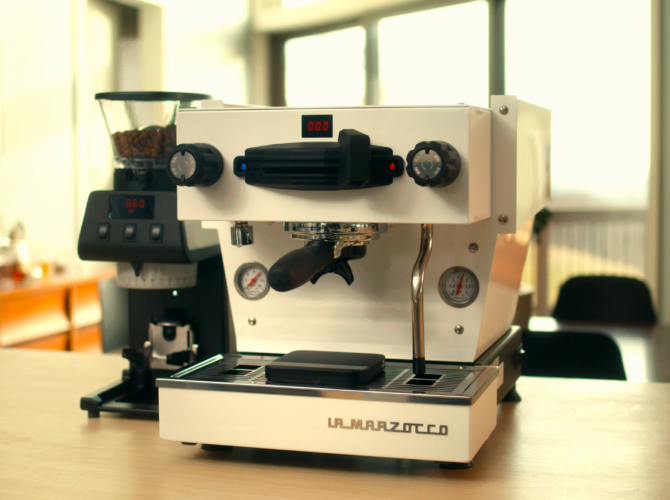Espresso + milk is one of life’s great pairings. Learning to perfect a shot of espresso is one part of the equation, but mastering the art of steaming milk is equally as important when crafting espresso drinks. Like all La Marzocco machines, the Linea Micra boasts powerful steam and a wand that will heat a small pitcher of milk in just a few seconds. At first, this can be a bit surprising—but with a few quick tweaks, some positioning, and practice, steaming on the Micra is as good as it gets.
With all things espresso, little changes make big differences, and steaming milk is no different—many of the steps start to make sense and feel better once you’ve given yourself time to develop muscle memory and repetition.
Below, we’ll go over some of the basics to steaming milk, and talk through how to create two kinds of popular foams: thick dense-foam and a silky micro-foam. Let’s get started.

The sound should be controlled and fairly quiet so that the air bubbles form and bind the milk in a condensed and smooth texture.
Milk Pitchers
12oz pitchers are the smallest option and work great for milk drinks that are under 8oz, like cortados and cappuccinos.
20oz pitchers are recommended for milk drinks between 8oz and 12oz, such as lattes, or for double steaming two drinks.

Milk Steaming Basics
To start, fill the pitcher to within a finger-width of where the spout starts, about half way. If the pitcher is underfilled, it can be harder to control and heat too quickly. If the pitcher is overfilled, it will be more likely to over flow and make a mess while steaming. Have a damp cloth on hand to clean the wand, and purge the steam wand before and after use.

Hold the pitcher by the handle so that you do not get burned when the milk gets hot. Use your other hand to turn on the steam knob, and to feel the side of the pitcher for temperature.
Place the tip of the steam wand into the milk, slightly off center. The goal here is to create a whirlpool or vortex while steaming—think of it like spinning the milk around in a circle versus just having it bubble up.
The closer the tip of the wand is to the surface of the milk, the more air will be added in. Give the knob a full turn to start the steaming process. You will hear the air being added to the milk, and if the positioning is right, it should come in the form of small hisses or like the sound of paper ripping.
The sound should be controlled and fairly quiet so that the air bubbles form and bind the milk in a condensed and smooth texture. The air being added into the milk should also swirl the liquid around in a vortex, further incorporating the air to be a consistent structure throughout.
Once the pitcher feels almost too hot to touch, turn off. The perfect ready to drink temperature is between 55-60 degrees Celsius and 130-140 degrees Fahrenheit.
Because the milk steaming process is so quick with the Linea Micra, every small change in the steam wand’s position makes a change in the milk’s consistency. What makes the milk more or less textured or dense is the position of the tip of the steam wand in relation to the surface of the milk.

Micro-foam
To make micro-foam on the Linea Micra, keep the line on the tip of the wand just below the surface of the milk, heating and spinning the milk until it feels hot.
All La Marzocco machines, whether they are for commercial cafes or home cafes, are hand-built at the factory, located in a little town called Scarperia overlooking the Tuscan hills of Florence, Italy. After being assembled by a team of artisans, our espresso machines are shipped all around the world, to cafés and home baristas alike.
Dense-foam
To make a thick and dense-foam on the Linea Micra, keep the top line of the tip just above the surface of the milk, heating and spinning the milk until it feels hot.
For both milk styles, the incorporation of air needs to be small and controlled. Each movement of the steam wands tip should be intentional. The sounds we hear are a bit like paper ripping or light hissing, not a harsh sputtering explosion. Try making and tasting both types of milk! A well-trained barista will master both in time.
Let the journey begin.

